The official Thingamajig was rained in today, so we’re presenting you with a different kind of puzzle.
Do you recognize this doctor?

This image, and two accompanying images featuring the doctor on the right, are part of the HRC photograph collection, but we don’t know who the man is, and we don’t recognize the setting. They’re very good quality pictures, and it seems a shame to know so little about them.
He’s also shown with a nurse (she’s using tongs to remove something from a small sterilizer):

And working at a desk:
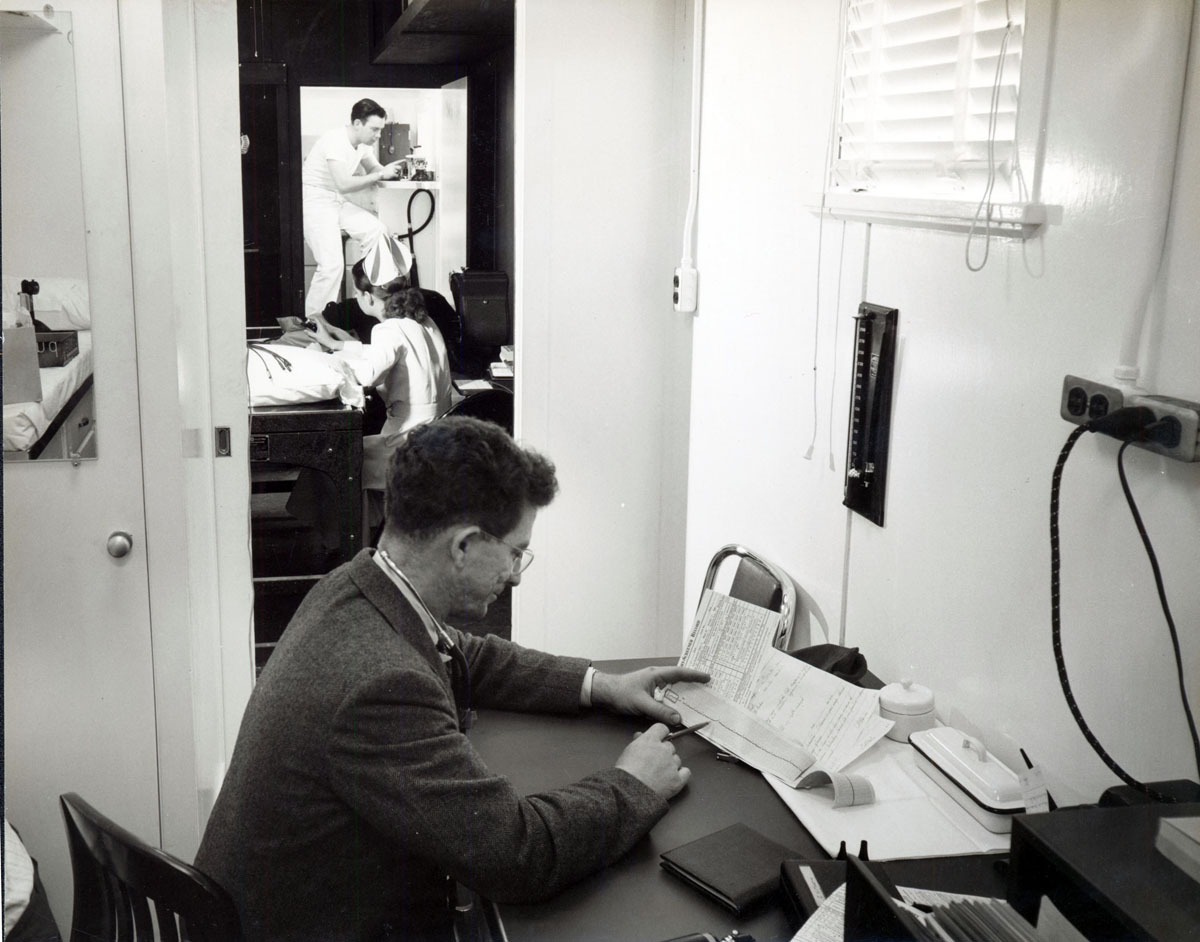
The other rooms may be an x-ray room (it appears to be painted black) and a laboratory.
HRC staff spent a lot of time going over the photos with hand-lenses and doing strange pieces of research, and offer you the following clues:
1. The sliding door between rooms is thin, and the rooms appear to be narrow, with low ceilings and a sequential “railroad” layout, which suggests a trailer, temporary building, or other makeshift space. It may have been a small neighborhood health clinic, or it could have been a workspace carved out of larger rooms in either a hospital or another building that was originally intended for something else.
2. The name on the box in the third picture appears to be “E.H. Martin” (possibly “C.H. Martin”):
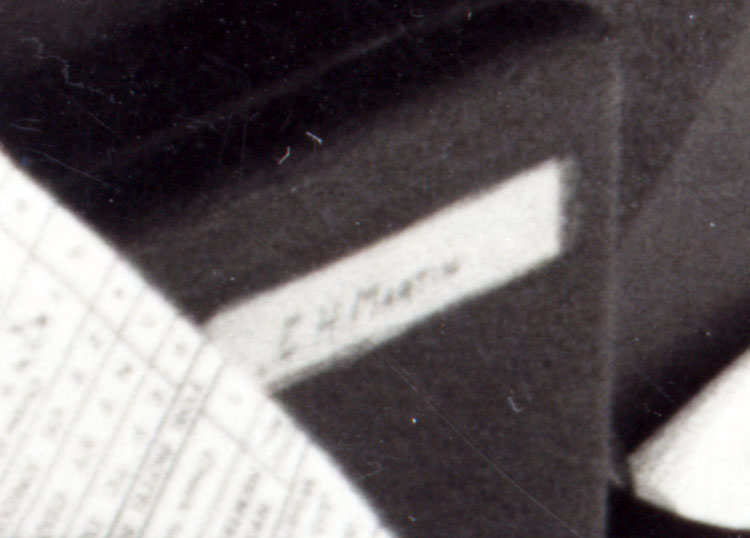
3. The signature on the medical charts also appears to be “E.H. Martin.” Unfortunately, we’ve looked through all our old physician directories and have not been able to find a similar name.
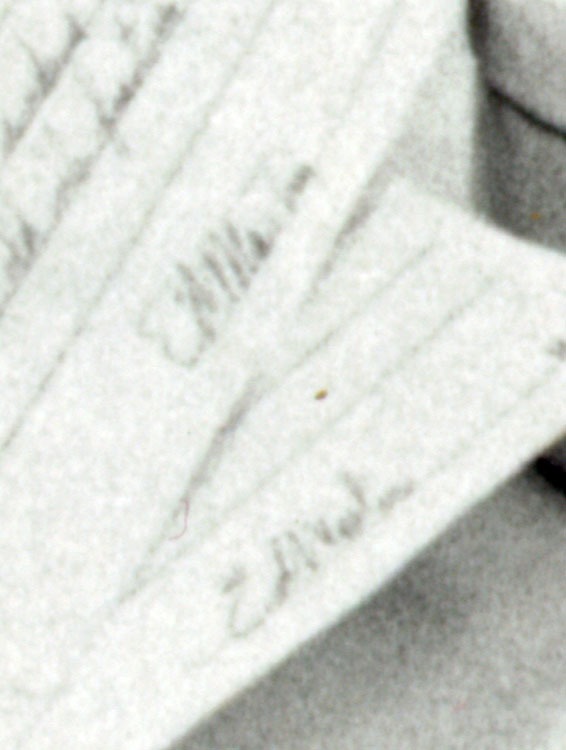
4. The date on the charts is very hard to see but we’re pretty sure it’s 2-18-48 (or 49, but we think it’s more likely that it’s an eight with a narrow lower loop):
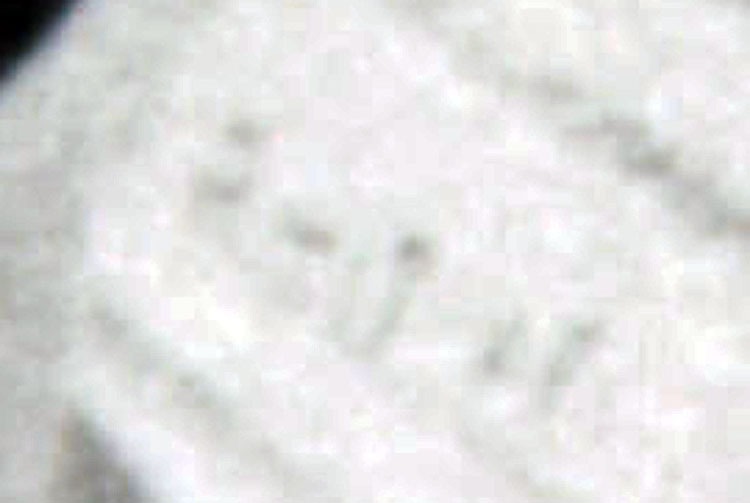
5. Their clothing offers few clues. The nurse’s longer hairstyle and dark lipstick suggest that this is before the 1950’s, but men’s clothing and nursing uniforms don’t change as much through the years as would women’s day-wear; this man’s suit might look a little dated but wouldn’t be completely out-of-place today. The year 1948 or 1949 fits with the style of the doctor’s glasses. Rimless glasses were common in the 1930’s and 1940’s. They look surprisingly modern, don’t they?
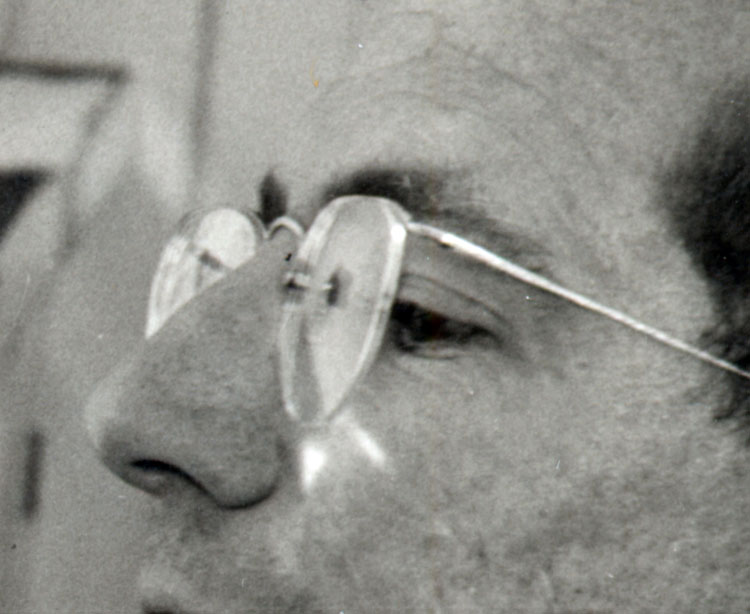
6. Kleenex boxes were printed like this in the 1940’s and early 1950’s. The style of lettering seen here on the sides of the box appears to have been phased out around 1952 (and, yes, we really did spend that much time looking for examples of vintage Kleenex boxes).
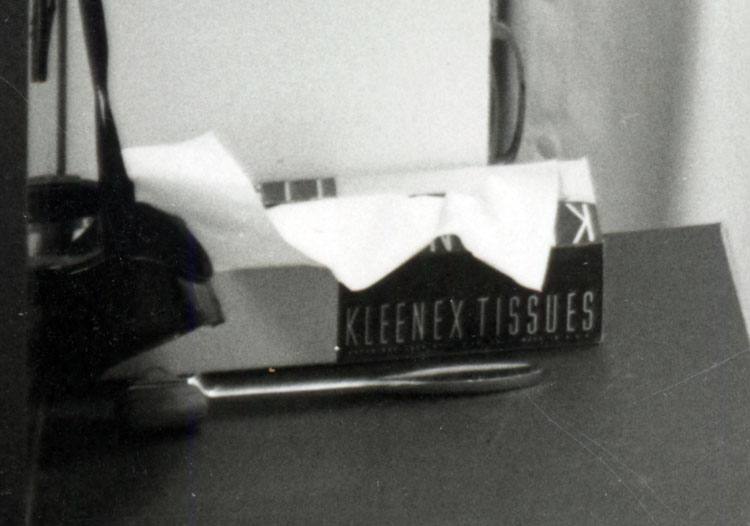
7. There is a Greater Houston telephone directory plainly visible but, alas, even with Photoshop’s perspective correction and image-sharpening tools, we couldn’t make out a year. (The picture on the cover is a winged figure standing on a globe, holding something–leaves? Arrows?–in its raised left hand.) You’ll notice it’s a lot thinner than the phone books we have now.
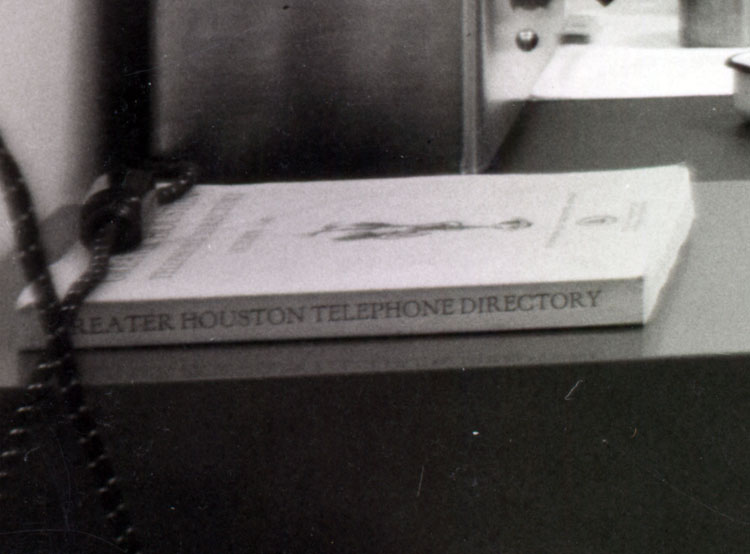
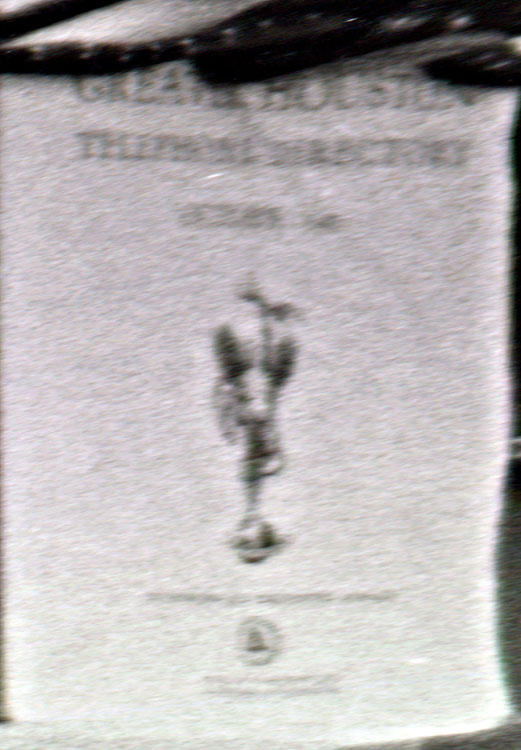
8. The prescription pad was completely illegible, but the ad next to it appears to say “[We?] appreciate your business. [Housto?]n Armature Works.”
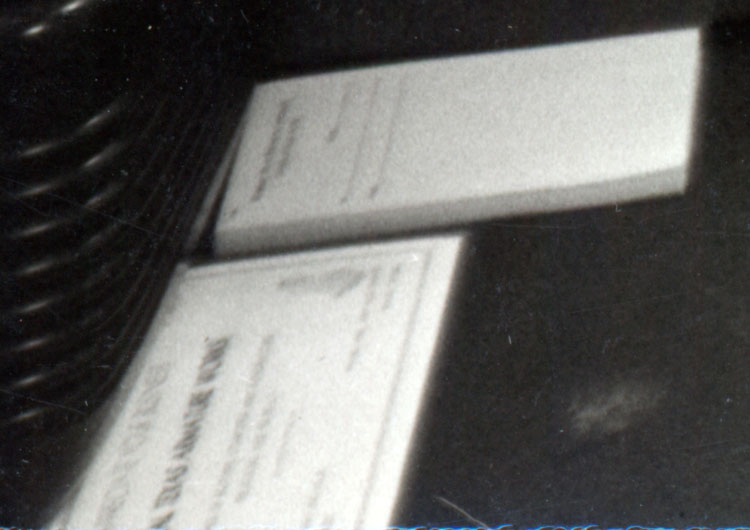
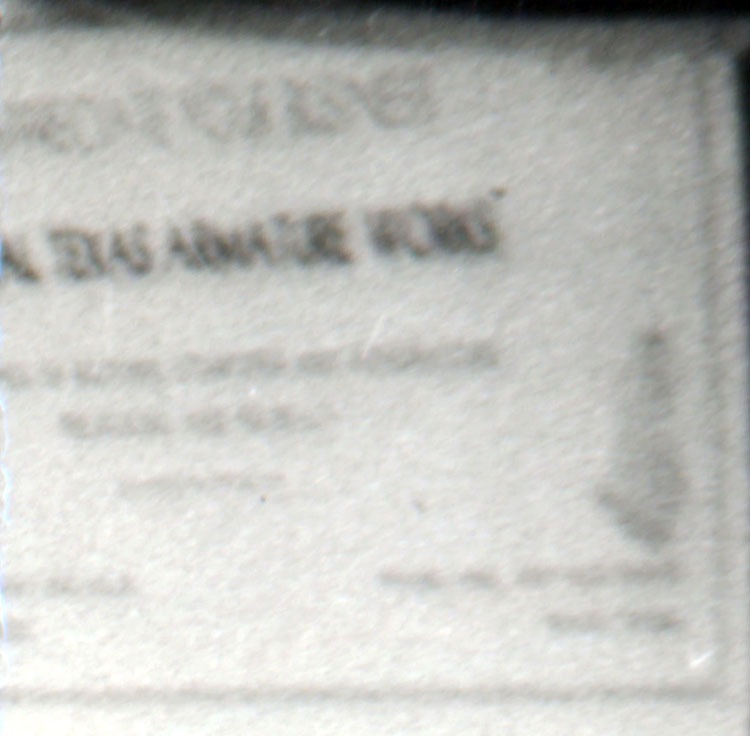
9. The doctor is wearing a class ring that appears to have a “T” in the middle of the stone. Our first thought was Tulane University School of Medicine. If this picture was taken in 1948, our doctor probably graduated in the mid-1930’s.
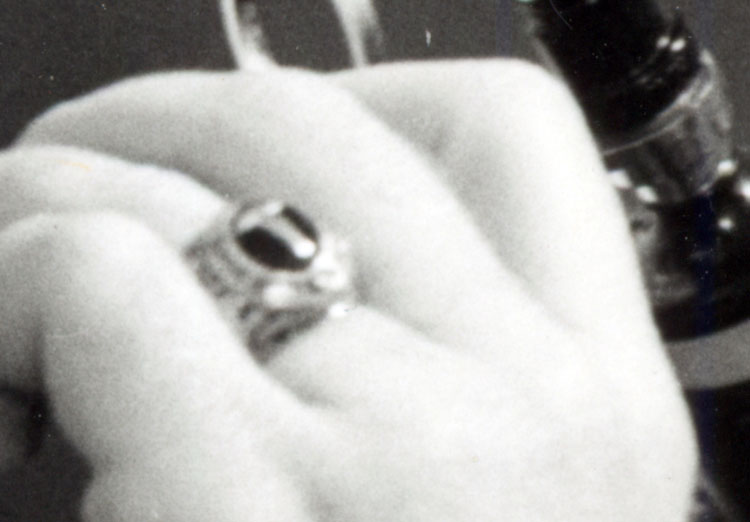
10. The nurse’s pin looks like it might be a five-pointed star inside a circle but it’s not clear if it’s a nursing pin or simply a piece of jewelry.
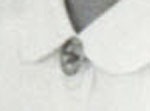
If you recognize these people, or notice something that we missed, leave a comment or drop us a line at mcgovern@exch.library.tmc.edu.